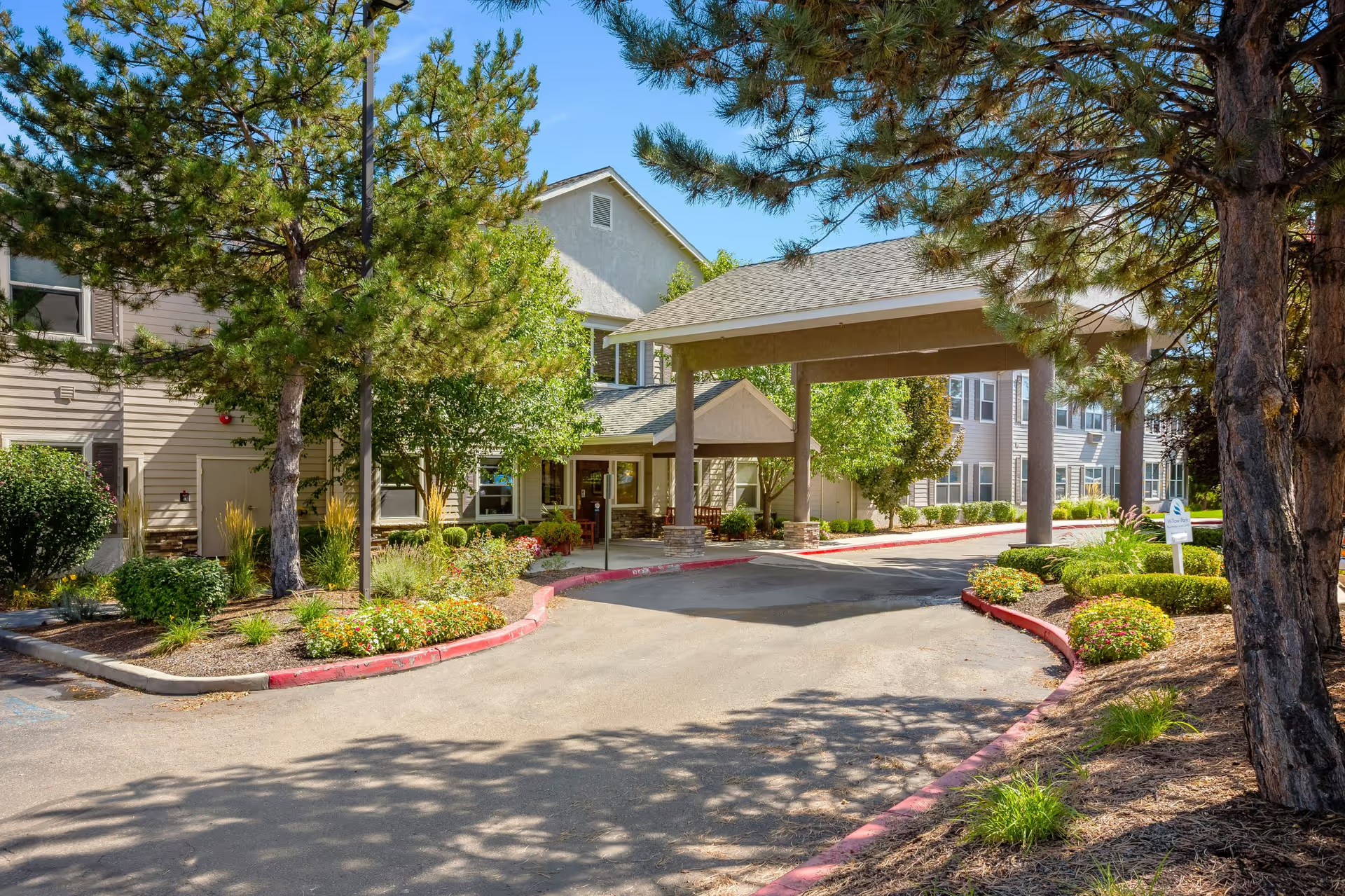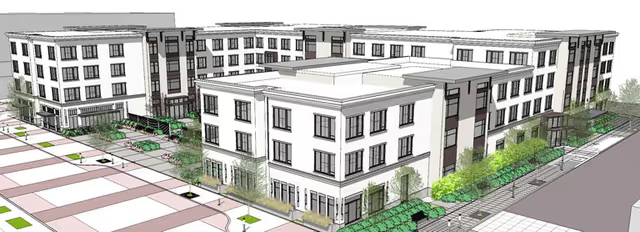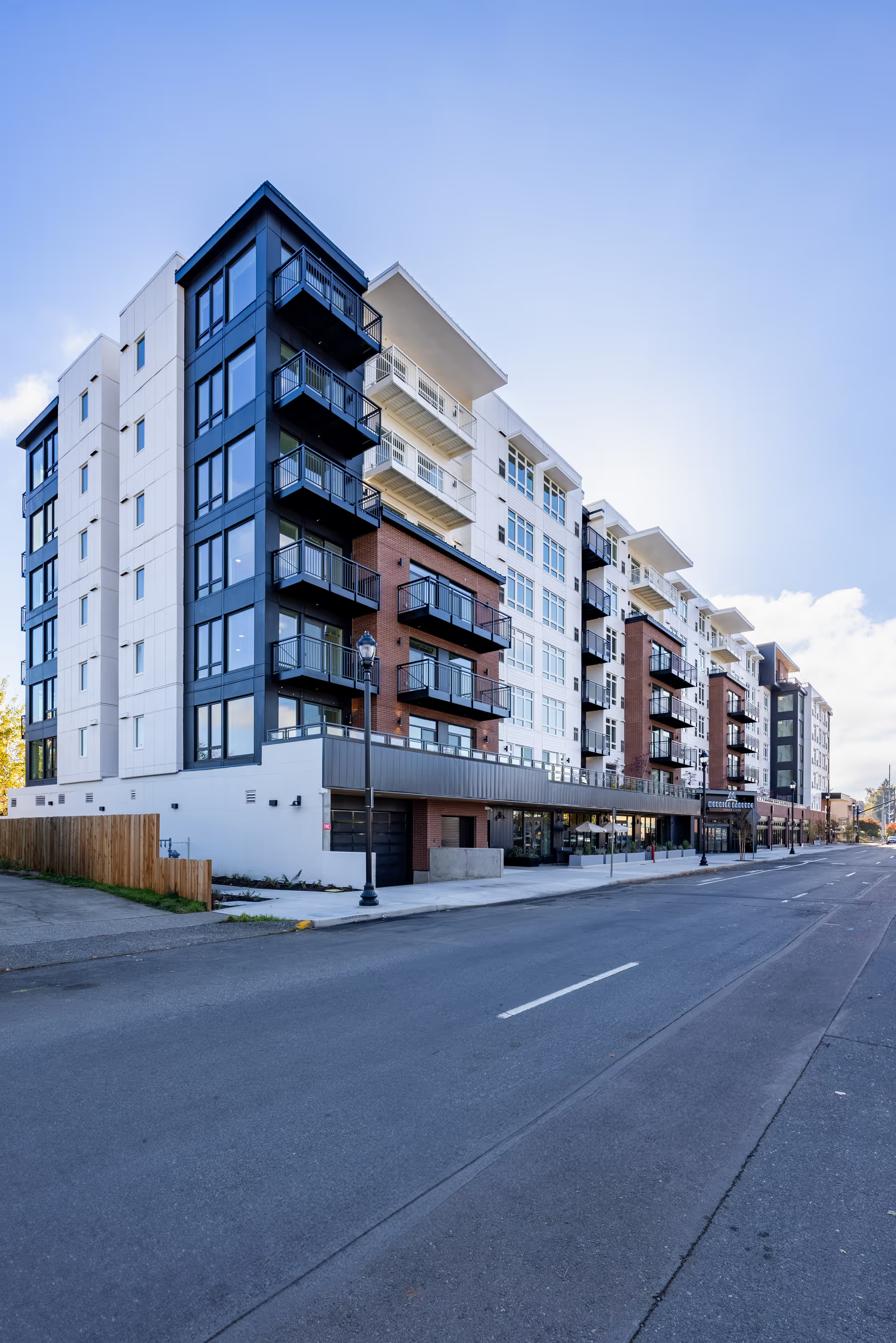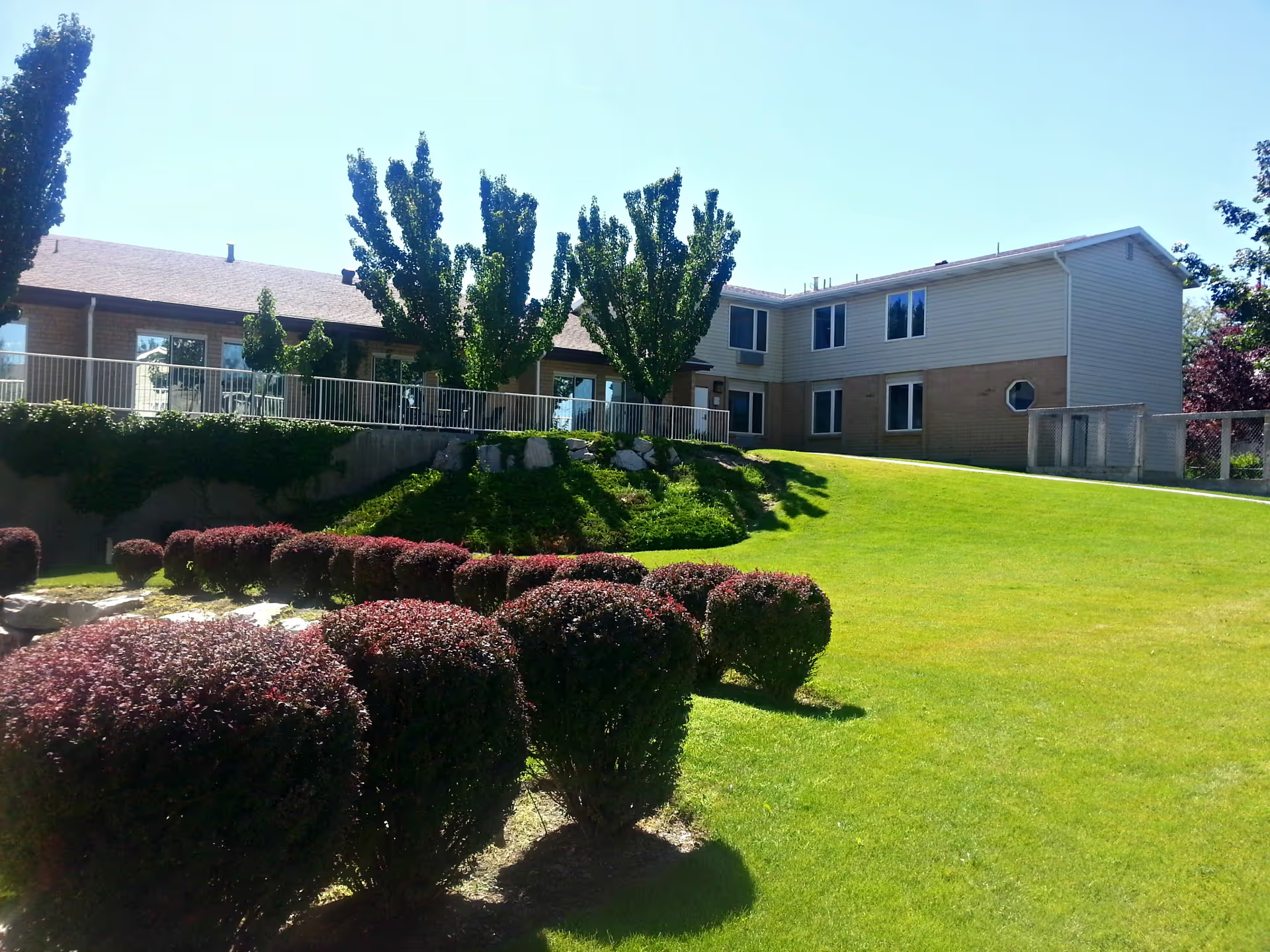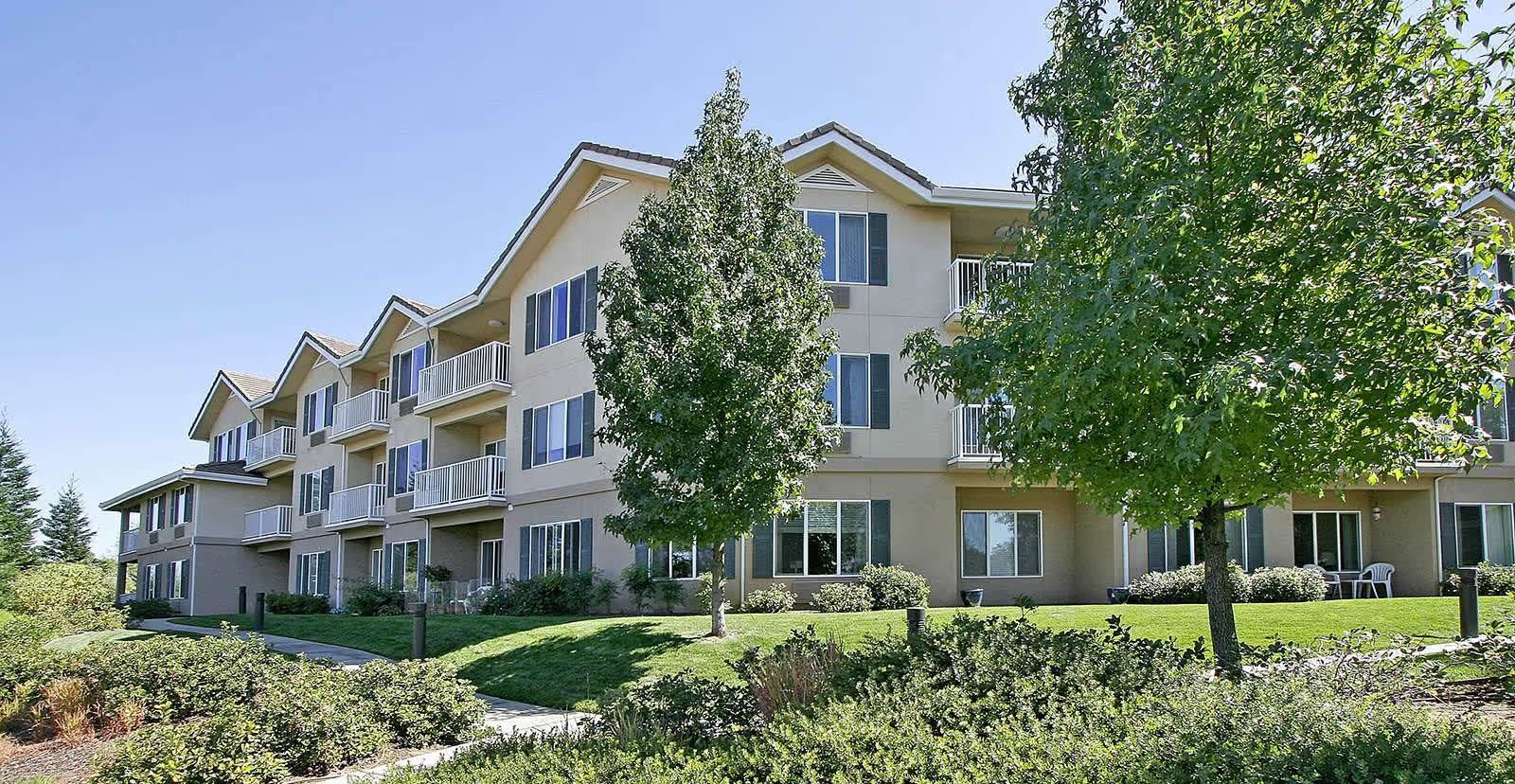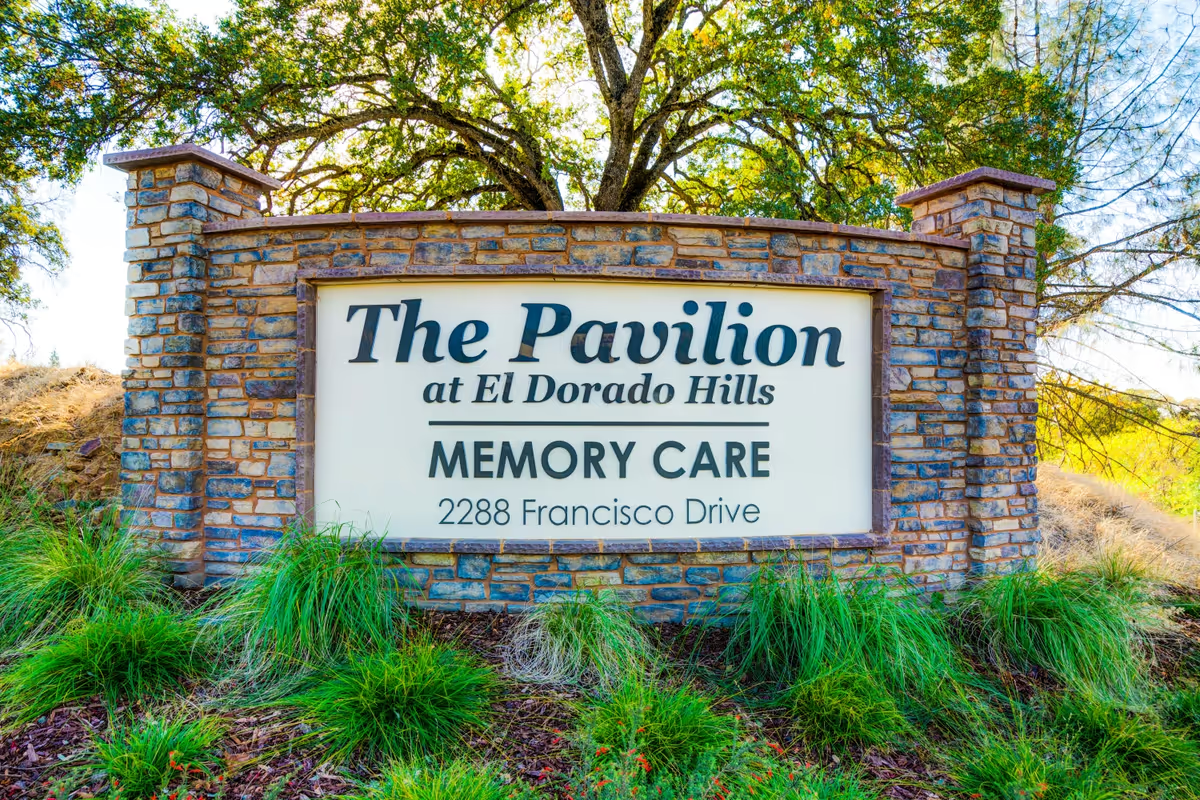Overall sentiment across these summaries is predominantly positive, with repeated praise for the staff, social environment, and the facility’s physical accommodations. Many reviewers emphasize attentive, patient, and friendly caregivers who know residents by name and take time with individuals, particularly in the memory care setting. Multiple comments highlight a good initial intake and admission experience, helpful tour staff (specific staff like Stephanie and Kenny are named positively), and a well-organized events calendar. The community is described frequently as clean, quiet, and apartment-like, with spacious rooms that residents can personalize. Outdoor amenities such as a courtyard, gazebo, and walking paths are consistently reported and appreciated. For many residents and families, Regency Pullman feels like home; reviewers note abundant social interaction, friendships, outings, and a strong activities program that includes bingo, art projects, field trips, puzzles, and staff-led engagement to reduce anxiety.
Care quality and staff behavior are the strongest, most common positives. Many reviewers state the staff are attentive, proactive about checking in with families, responsive to billing and extra care needs, and supportive during recovery after surgery. Memory care receives mixed but generally positive notes: the wing is secured, staff are caring and create comforting touches (for example, painted doors to reduce the feeling of being trapped), and activities in memory care (puzzles, walks, inflatable ball activities) are mentioned as helpful. Several families explicitly recommend the facility and attribute residents’ happiness and improved social life to Regency Pullman. Residents also value independence when appropriate — the ability to come and go and, for some apartments, cook independently.
Dining and food quality are areas of clear variation. While several reviewers praise the meals and homemade desserts, an equal number express dissatisfaction — describing food as canned, lacking variety, too many unhealthy carbohydrates, and insufficient fresh fruits, vegetables, or diabetic-friendly options. Some call the food “very good” or “decent,” while others call it “terrible.” This inconsistency suggests variability over time, by meal, or by reviewer expectations. Families with dietary-specific needs should verify menu options and accommodations directly. The facility does provide three meals daily plus snacks and beverages (apple juice was specifically noted), and there are positive mentions of occasional homemade items and desserts.
Activities and social life are frequently highlighted as strengths, with an active activities director and a range of offerings — both onsite and offsite. Most reviewers report residents are busy and engaged, with regular events, outings to restaurants, arts, games, and social hours like Saturday happy hour. However, a smaller subset reports few or non-existent activities and a perceived lack of engagement, indicating inconsistency across shifts or periods (some reviews explicitly tie activity lapses to the pandemic or staffing issues).
Management, communication, and staffing show a mixed picture. Many families praise proactive and helpful administrators and staff; others report difficulty getting calls returned, poor communication, and a sense of insufficient medical oversight. Understaffing and overworked staff are cited as causes of occasional lapses in care and service. There are also specific criticisms about the facility’s pandemic response, and one review implies the need for constant family supervision to maintain acceptable standards during that time. Weekend staffing clarity was questioned by at least one reviewer. Cleanliness is praised in numerous reviews — with comments about no odors and well-kept rooms — yet a few reviews call attention to poor cleaning and bathrooms needing more frequent attention. This suggests that while housekeeping is generally good, consistency across the facility and shifts may vary.
Memory care and higher-acuity needs are a notable pattern. While memory care is secured and many families feel their loved ones are safe and engaged, some reviewers state the memory care unit requires more intensive staff intervention than the facility can consistently provide. There are comments that Regency Pullman may not be able to accommodate residents who need higher levels of medical care or escalating needs. Prospective families should confirm current staffing ratios and clinical capabilities if their loved one requires frequent medical attention or advanced memory-care services.
Cost and value perceptions are generally framed as comparable to other facilities; one reviewer explicitly calls the community expensive but comparable. Several reviews call out good value, reasonable pricing, or highlight great food and service in tandem with affordable pricing. Given the mix of comments, cost appears to be in line with local market expectations, but perceptions of value will depend on individual experiences with food quality, staffing responsiveness, and medical support level.
In summary, Regency Pullman is described most often as a warm, social, and well-kept community with caring, personable staff and a strong activities program that many residents and families praise. The facility’s strengths are its staff attitude, social opportunities, spacious and clean living spaces, and a home-like environment. Key areas for prospective residents and families to investigate further are food quality and dietary accommodations, consistency of communication and weekend staffing, the facility’s capacity to manage higher medical acuity, and evidence of consistent cleanliness and activity engagement across shifts. Visiting in person (including unannounced or different times of day), asking about recent staffing levels, dietary menus, and the memory-care staffing model will help clarify whether Regency Pullman will meet a particular resident’s needs.
